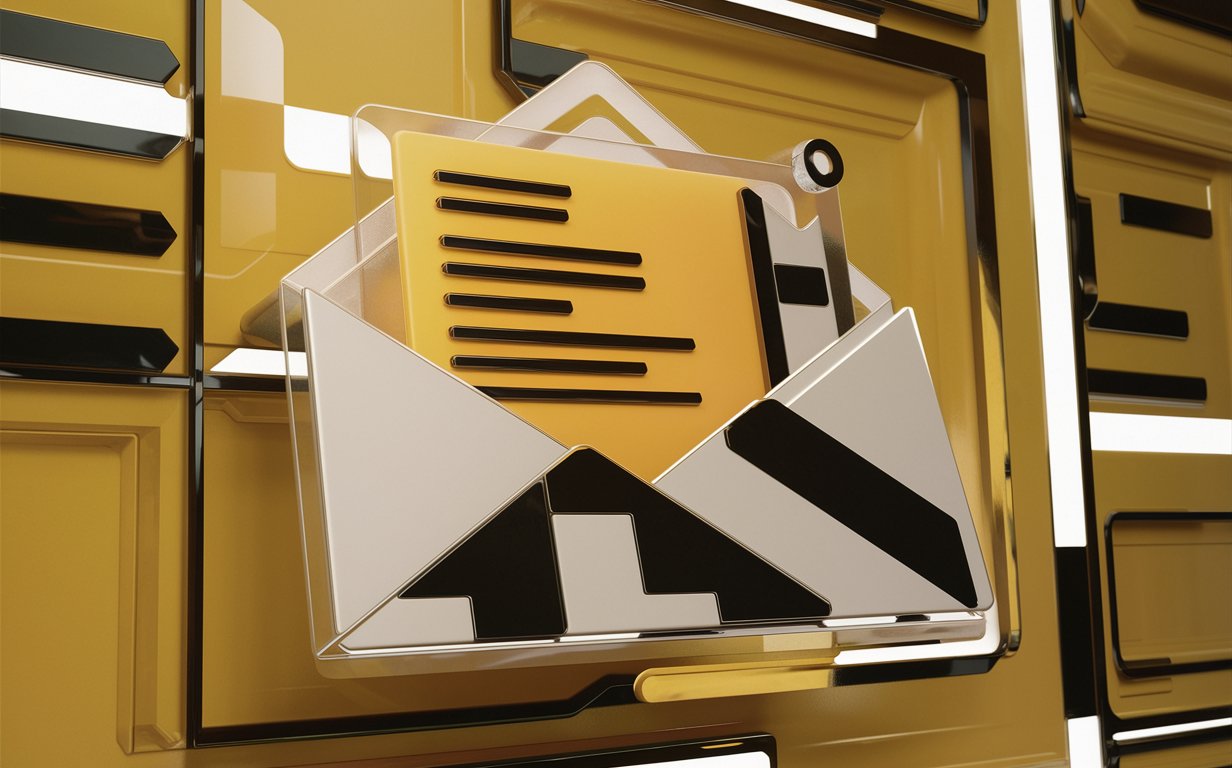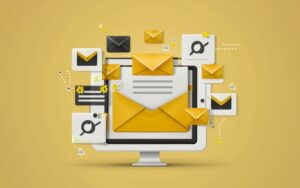Ever wondered how you can increase your email open rates using email preview text?
It’s a small change that can make a big impact. In fact, 64% of people say they open an email because of the subject line and 35% of people open emails because of the preview text. That’s a third of people who could be opening your email because of this tiny change.
In this post, you’ll learn what email preview text is, why it’s important, and see some examples of how you can write it to increase your open rates.
1. The “Announcing” email preview
When you have a new product or feature to announce, you want to make sure your audience knows about it. That’s where the “Announcing” email preview comes in.
In this email, the subject line and preview text work together to create a sense of urgency and excitement. The subject line tells the reader that something new has been added to the product, and the preview text asks the reader if they’ve seen the new feature yet.
2. The “Only 2 days left” email preview
The “only [insert number] days left” email preview is a great way to create urgency around your offers and promotions.
The idea is to let your subscribers know that they only have a limited amount of time to take advantage of your offer. This is a great way to increase your open and click-through rates.
Here’s an example of how you might use this email preview formula to promote a sale:
“Only 2 days left to save 50% on all products!”
3. The “Re:” email preview
This email preview formula makes it look like the recipient is replying to an existing email thread. The “Re:” in the preview text makes it look like the email is part of an ongoing conversation.
This is a great way to create the illusion that your email is a response to a previous one, which can help you get more email opens.
It’s important to note that you should only use this strategy if you are actually continuing an existing conversation with a prospect. If you’re not, then this will be misleading and spammy.
4. The “Fwd:” email preview
The “Fwd:” email preview is a sneaky way to make your emails feel more personal. With this formula, you’ll pretend like you’re forwarding an email to your contacts.
This strategy is typically used with a welcome email. You’ll write the email as if you were sending it to a friend who just signed up for your email list. Then, you’ll copy the entire email and paste it into a new email. In the new email, you’ll change the subject line to “Fwd: [Your Welcome Email Subject Line].”
5. The “Quick question” email preview
Short, sweet, and to the point. If you have a quick question for someone, you don’t have to craft a long email to go with it. Just ask the question in the subject line and leave the body of the email blank.
This is a great way to show your email recipient that you respect their time and that you’re just looking for a quick answer.
6. The “Did you get this?” email preview
This type of email preview is a great way to follow up with a prospect who hasn’t responded to your previous emails.
It’s also a great way to re-engage with old leads or customers.
In the example below, you can see that the sales rep used the “Did you get this?” email preview to re-engage with a prospect who hadn’t responded to any of his previous emails.
When using this email preview formula, make sure to keep the email body short and to the point. ou can also leverage recruitment CRM software to track which emails get responses and manage follow-ups efficiently.
You don’t want to overwhelm the recipient with a wall of text.
Instead, simply ask if they received your previous email and if they would like to continue the conversation.
7. The “I have an idea” email preview
This email formula is perfect for when you’re just starting out with a new client or team. This is a low-risk way to show them that you’re thinking about their business and that you’re a creative thinker.
This email preview is also a great way to get your foot in the door if you’re trying to sell a product or service to a new business.
8. The “You are not alone” email preview
This email preview is a great way to connect with people on your email list. You can use this preview to show people that you understand their problems and that you are here to help. For example, retailers often struggle with inventory updates, especially when dealing with EAN barcodes and product identifiers.
In this example, the preview text is “You’re not alone,” and the first line of the email is “I know you’re busy, so I’ll keep this short and sweet.”
This email is a great example of how to use the first line of your email to introduce your email preview. In this case, the email preview is used to let the reader know that the email is going to be short and to the point.
9. The “First 10 people” email preview
People are naturally curious. So, when you create a sense of urgency by making your email seem exclusive, it can help increase your open rates.
One way to do this is by creating a list of the first people to do something, like signing up for a webinar or buying a new product. Then, you can send an email to your list of subscribers with the subject line “First 10 people” to let them know they’re getting early access.
You can also use this email preview formula to send a sneak peek of a new product, service, or piece of content to a select group of people. Just be sure to make it clear why they’re getting early access, and why you’re excited to share it with them.
10. The “Mistyped” email preview
One of the oldest tricks in the email marketer’s book is to pretend like you’re responding to an email. This makes the email seem more personal and less like a mass message.
To take this a step further, use the email preview to make it look like you’re responding to a previous message. This adds an extra layer of personalization to your email and increases the chances of it getting opened.
To do this, simply type “RE:” and then a subject line that looks like a response to an email you might have sent. Or, you can use a placeholder like “RE: Your Order” or “RE: Your Question” to make it look like you’re responding to a customer’s previous email.
11. The “Oops” email preview
If you have a mistake in your email, own it. It’s much better to send a quick “oops” email to correct yourself than it is to hope no one notices.
Plus, it gives you a great opportunity to follow up with a call-to-action (CTA) to help you achieve your email marketing goals.
12. The “You’re invited” email preview
If you’re hosting a webinar, a product launch, or any other kind of online event, you can use this email preview formula to drive registrations.
This formula is great because it’s short and sweet, and it’s a great way to ensure the recipient knows exactly what they’re being invited to.
If you have the space, you can also include a brief description of the event below the headline.
This email preview formula is a great way to drive traffic to your landing page or registration form. It’s particularly effective for product launches, webinars, or announcing new features in a multi vendor marketplace.
13. The “Don’t open” email preview
This is a great way to get people to open your emails. You can use the “Don’t open” email preview to ask a question, make a statement, or share a piece of information that you know your audience is going to want to know more about.
This email preview formula is effective because it creates a bit of curiosity in your audience. They can’t see the entire email, so they don’t know what’s inside. If you can create a bit of curiosity with your email preview, you’re likely to get more people to open your email.
14. The “Share & earn rewards” email preview
People love exclusivity, but they also love rewards. You can use your email preview text to highlight referral incentives that encourage subscribers to share your brand with their friends.
For example:
- Subject line: “Your friend gets 20% off…”
- Preview text: “…and you get rewarded with cash or discounts when they buy.”
This approach not only sparks curiosity but also motivates subscribers to spread the word. Tools like ReferralCandy make it easy to set up automated referral programs, so your preview text becomes a powerful nudge for both engagement and growth.
Conclusion
You’ll notice that I didn’t include a “clickbait” preview formula. That’s because clickbait doesn’t work. It might increase your open rates, but it’ll also increase your bounce rates and decrease your clickthrough rates. And as we discussed at the beginning, open rates are a vanity metric. They don’t mean anything if people don’t engage with your content.
That said, you still want to increase your open rates. So, use the formulas above to give people a taste of your content that makes them want to read more.




